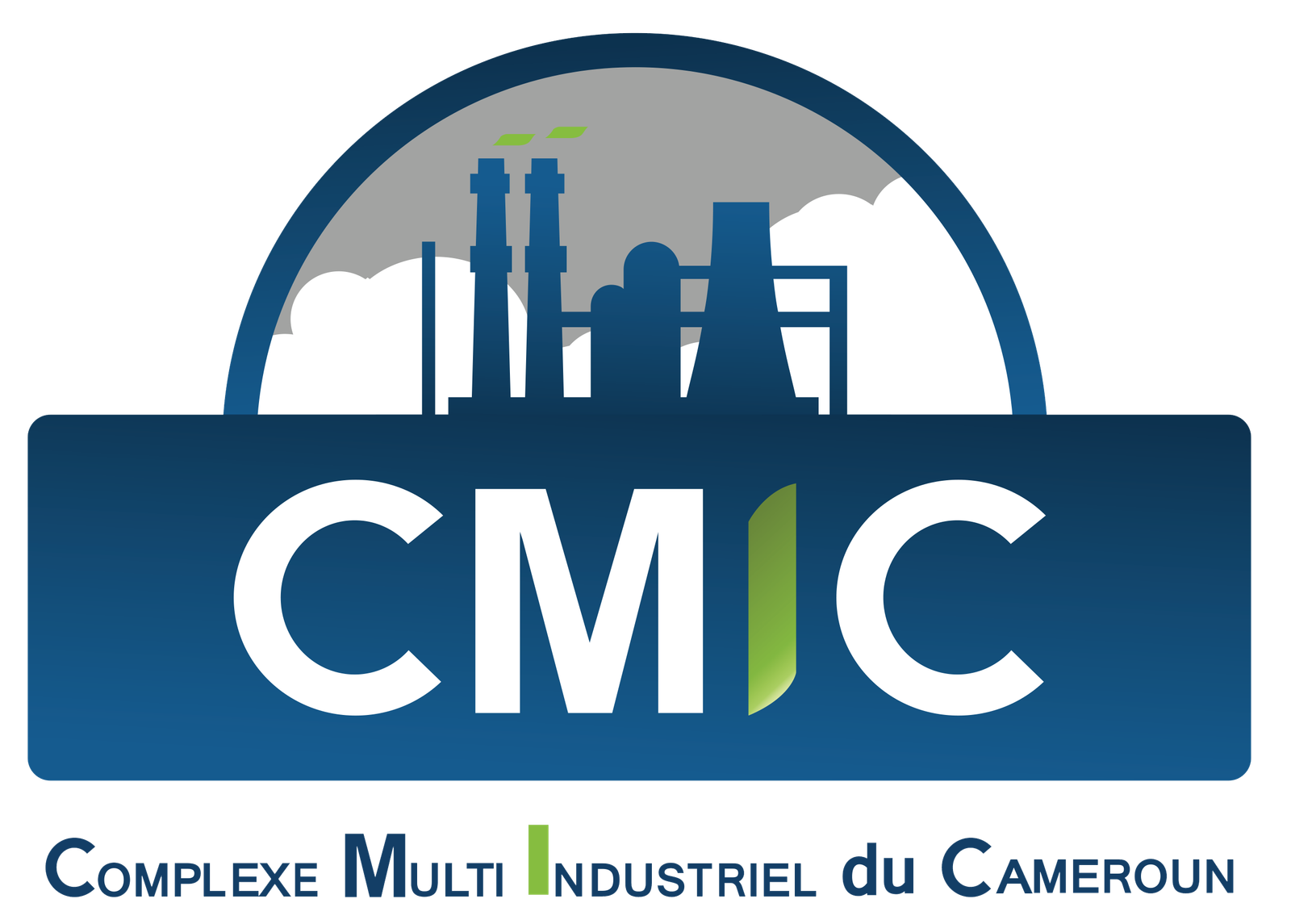Precisely why solar-operated credit are going from leases to debts. By 2020, the roof solar power markets are going to be $10 billion and half perhaps had through lending.
The U.S. residential solar-powered market is yet again re-inventing by itself, at the same time its development skyrockets.
Your third and final party title (TPO) financing design that changed the particular business enjoys peaked. From 2010-11, it modified residential solar power by delivering billions in institutional funds inside field to push out the high-upfront-cost adoption barrier.
“financial loans and immediate property tend to be enjoying more substantial part available in the market. That is the larger story of 2015,” mentioned GTM reports Sr. sun expert Nicole Litvak, writer of U.S. house sunlight financial 2015-2020. “The business gotten to 72percent alternative party ownership in 2014 and now we reckon that could be the maximum.”
A number of the ideal TPO financier-installers, brought by SolarCity, have unveiled a mortgage items, Litvak said.
Though loans have never yet reached twenty percent of SolarCity’s 2015 sale, they’re raising, according to the marketplace chief’s Q2 profit state. SolarCity needs 25percent to 30percent of its absolute 2015 installations staying through funding, reported on Litvak.
Since SolarCity offers a 3rd of U.S. domestic solar, “that all alone is a huge area of the market,” Litvak explained.
Sunrun, third in business, boasts credit merchandise. Number 2 Vivint sunlight am undertaking one earlier am acquired by SunEdison. Fresh Power funds, together with raise, will soon use finance for solar power and energy efficiency. Sungevity and NRG Residence Solar offer debts through Mosaic. American sun drive and Petersen Dean can be right now emphasizing drive property through wealth earnings and lending.
This powerful business design change hasn’t retarded solar-powered development. The domestic arena is growing in 15 belonging to the finally 16 sectors. In Q1 2015, among Northeast’s snowiest winter seasons, residential solar power extra 437 latest MW, a 76% boost over Q1 2014 and its particular biggest-ever individual coin expansion.
For the first time, domestic solar-powered progressed more than non-residential solar power in 2014. GTM data forecasts that it is the largest of sunlight’s three sectors after 2017, once the sundown on the 30per cent federal expense tax credit (ITC) is anticipated result in a sharp drop-off in utility-scale solar-operated.
TPO Fashions
“The [solar] companies are nevertheless within its infancy, which is nevertheless becoming made a decision which businesses brands, financial loans, or product sales tactics will defeat out of the match,” the study talks about.
Just like TPO eased into the sector after 2010, it does not suddenly disappear completely. Total capacity downloaded through TPO funding increase because of the markets and even though its display deliver strategy to drive title after 2017. A referral base remains and installers offer the option because “there’ll always be people who like to maybe not personal,” the studies accounts.
The solar power sectors group is actually combating to save the 30per cent ITC beyond 2016 but most sector watchers count on its inbuilt level to commence with a decline to ten percent for business kinds of solar power, like TPO, also to zero for residential solar-operated.
“In 2016, the TPO communicate falls because there is going to be requirements from people who would like to invest in their own personal software until the domestic ITC runs out,” Litvak revealed. “In 2017, it move back toward TPO since it will have the 10% tax credit for your investment while the buyers is almost certainly not capable of getting a loan with zero off.”
Proceeding that, the market is predicted to event slowly back toward strong control as debt designs be more attractive, process expenditure still trip, plus consumers your perk in an order.
Both leases and power-purchase accord (PPAs) remains feasible services and products, in line with the forecast.
Users and installers usually favor PPAs, by which clientele pay for system manufacturing with a price per kilowatt-hour and, often,  a yearly escalator to improve the price tag but keeping it below forecast electrical power price boosts.
a yearly escalator to improve the price tag but keeping it below forecast electrical power price boosts.
The taxation fairness brokers that fund TPO choose the set clients repayments a lease includes but have approved PPAs as show facts has actually confirmed all of them.


Laisser un commentaire